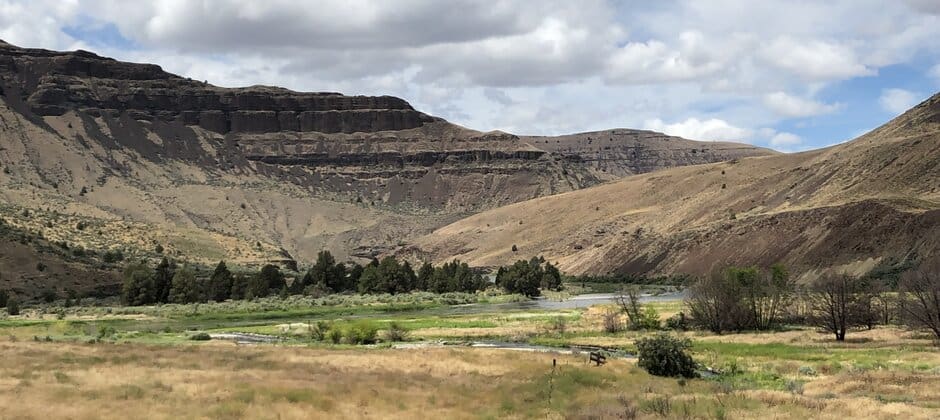Share this article
Interior puts new limits on Land and Water Conservation Fund
Secretary of the Interior David Bernhardt made a number of changes to how his department will implement the Land and Water Conservation Fund (LWCF), including placing more restrictions on the funds, in a sweeping Secretarial Order issued on Nov. 9.
The LWCF is the primary source of money used by federal, state and local governments to acquire lands for conservation and recreation, including wildlife habitat and public access to natural areas. It relies on funding from offshore oil and gas revenue. Under the recently enacted Great American Outdoors Act, the LWCF will receive full, permanent funding — $900 million annually — for the first time since its enactment in 1964. The LWCF can fund both federal and state projects; the John D. Dingell, Jr. Conservation, Management and Recreation Act (Pub. L. 116-9) requires that LWCF funding be apportioned so that no less than 40% goes to stateside grant programs and no less than 40% to federal land grants and acquisitions.
Bernhardt’s order places additional restrictions on LWCF funds, requiring “a written expression of support by both the affected governor and local county or county government-equivalent” for any federal land acquisition under the LWCF program. This is being interpreted as giving state and local governments veto power over federal land acquisitions, regardless of federal priorities or conservation goals.
His order also requires that all LWCF expenditures are consistent with the “account, program and project allocations established by the president.” However, the administration’s LWCF project list for next year has come under fire recently as it was submitted late to Congress and its allocations between federal and state projects arguably violated the law — giving more funds to state programs than legally allowed by the GAOA. In response, many congressional appropriators have indicated that they will impose their own allocations in the Fiscal Year 2021 budget if the administration does not provide the information it requested.
Bernhardt is also requiring the Interior to prioritize acquisitions for the U.S. Fish and Wildlife Service and the National Park Service over other land management agencies like the Bureau of Land Management.
The order has received criticism from across the political spectrum, including conservation organizations and private property advocates, who worry that willing sellers would not be able to transfer their property to the federal government if there was local government opposition. Lawmakers from both sides of the aisle have also expressed concerns.
Congress, however, is not bound by the secretarial order. Furthermore, the next Secretary of the Interior, under the Biden Administration, will likely revoke the order, notwithstanding the last sentence of the order stating, “the termination of this order will not nullify the implementation of the requirements and responsibilities effected herein.”
Header Image: The Land and Water Conservation Fund made possible the purchase of more than 11,000 acres along the Wild and Scenic John Day River in Oregon. Credit: BLM Oregon & Washington








